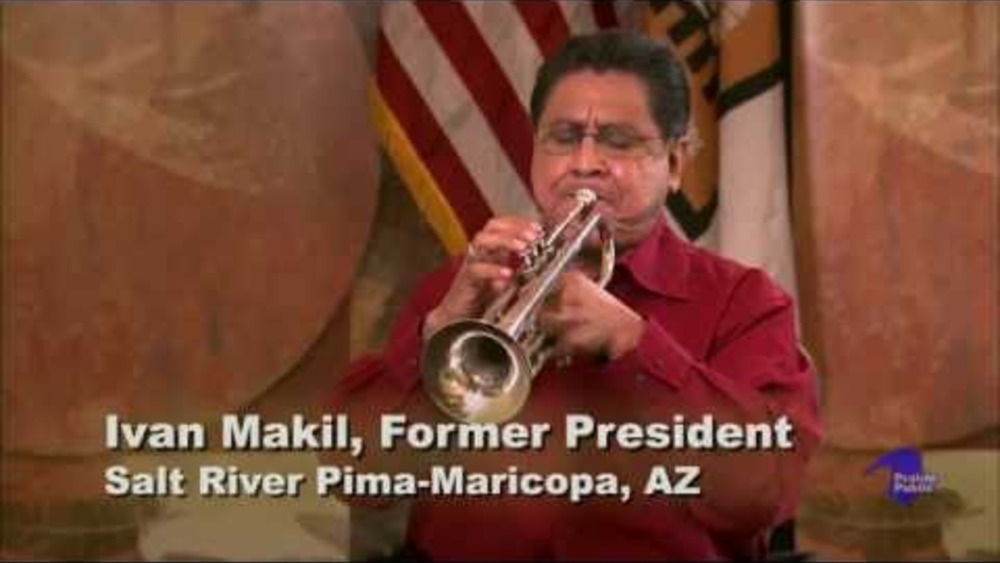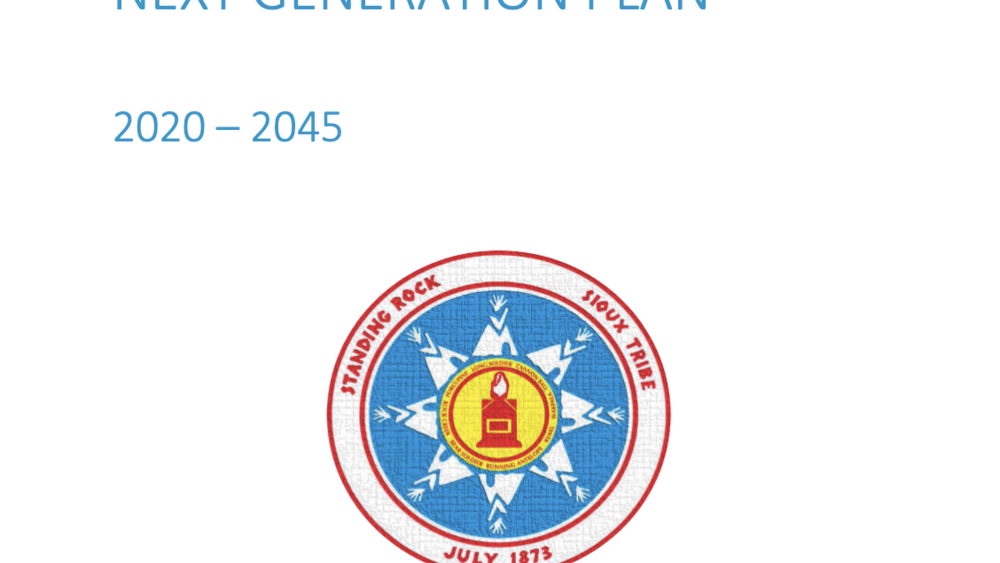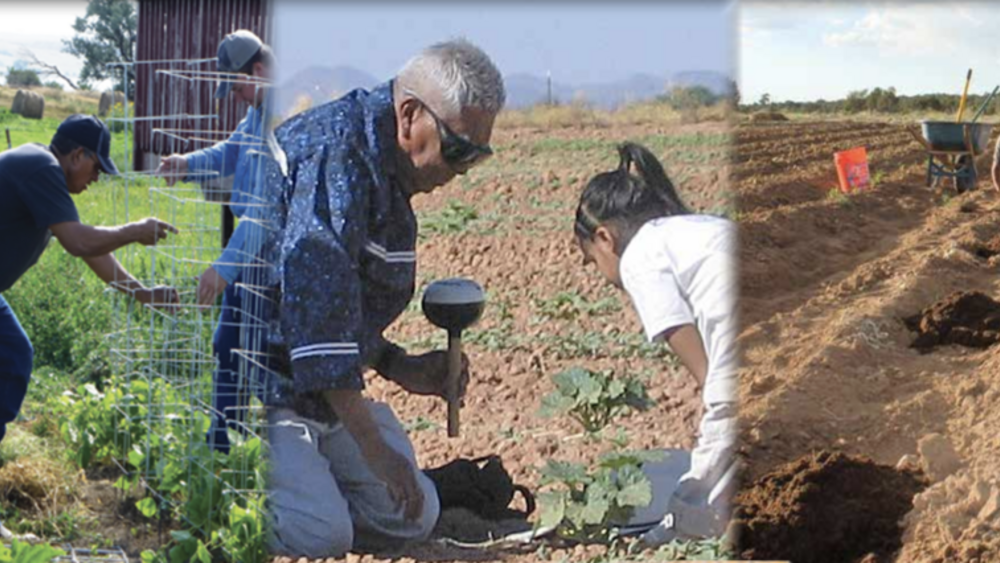Indigenous Governance Database
Standing Rock Sioux Tribe

Indian Pride: Episode 110: Indian Education
Indian Pride, an American Indian cultural magazine television series, spotlights the diverse cultures of American Indian people throughout the country. This episode of Indian Pride features David Gipp, President of the United Tribes Technical College, and focuses on the topic of Indian Education. (…

The Standing Rock Next Generation Plan
The Standing Rock Government is engaging in strategic planning. The Standing Rock strategic/government planning model differs from traditional planning models in that it defines 25 years as long term goals, 10 and 5 years as mid-term goals and takes into account the unique dynamics of the…

Good Food is Power: A collection of traditional foods stories from the Ramah Navajo Community, Standing Rock Sioux Tribe and Tohono O'odham Nation
This report explores the traditional foods movement through the lenses of three traditional foods programs: the Ramah Navajo Community, Standing Rock Sioux Tribe, and Tohono O’odham Nation. These stories were originally gathered by the University of Oklahoma’s American Indian Institute (Wesner,…
Pagination
- First page
- …
- 1
- 2
- …
